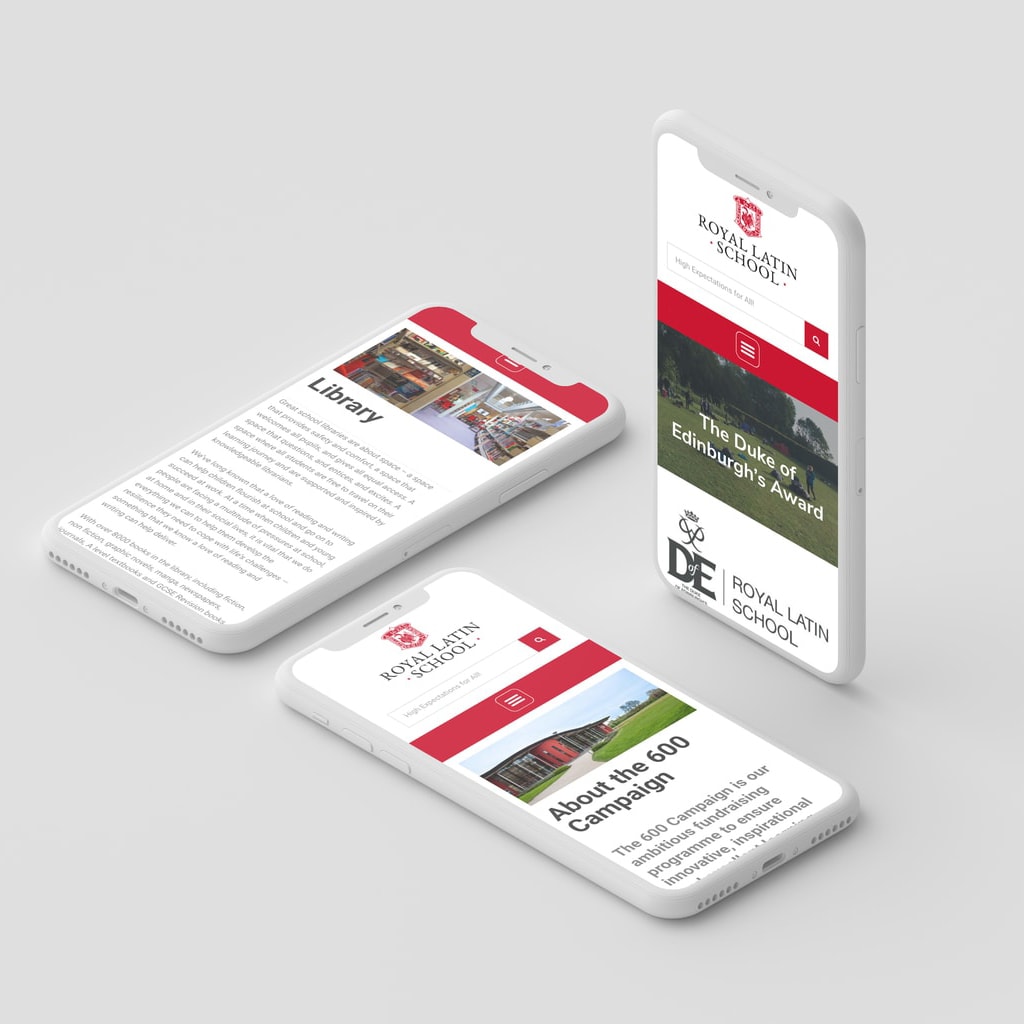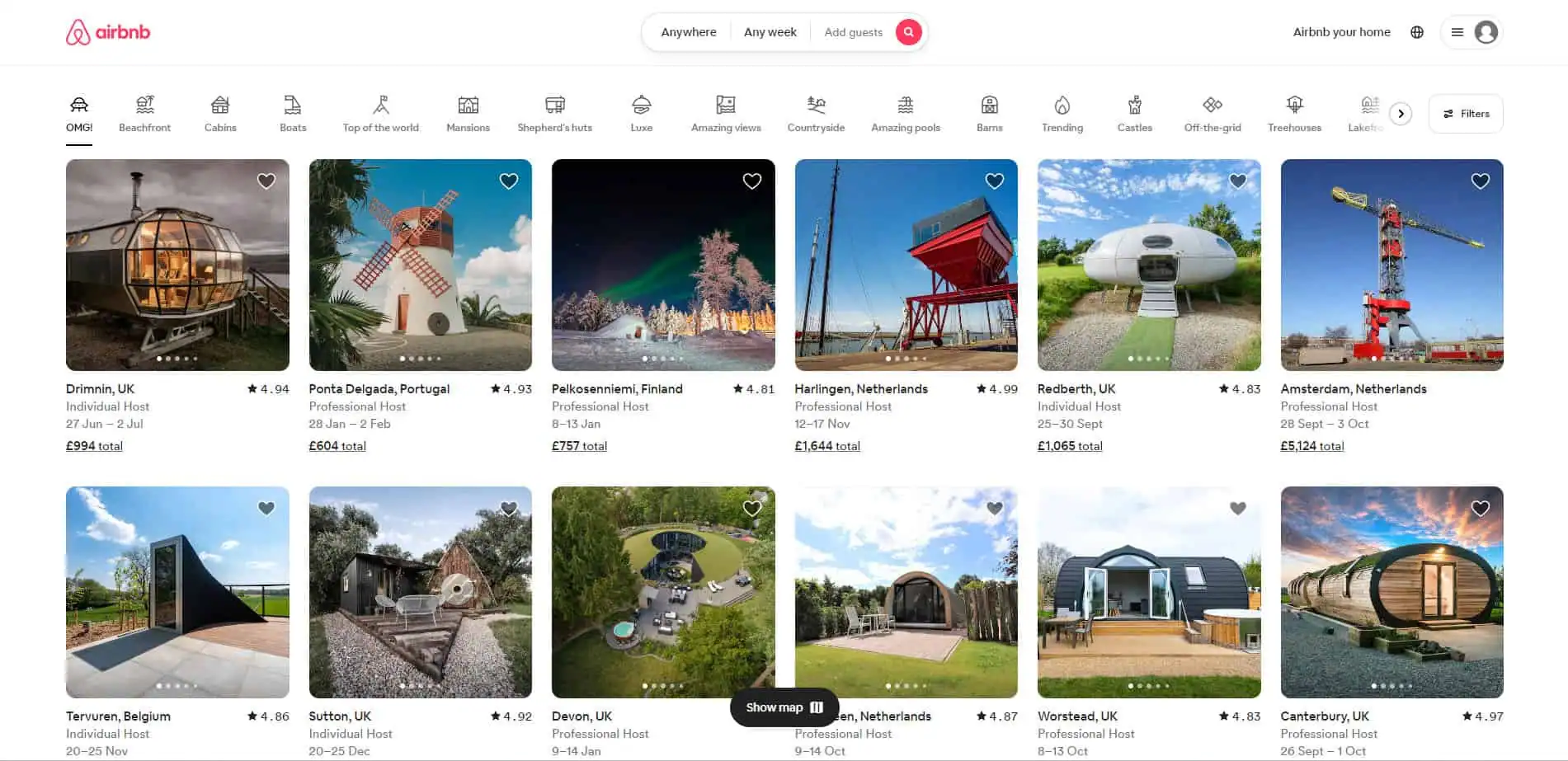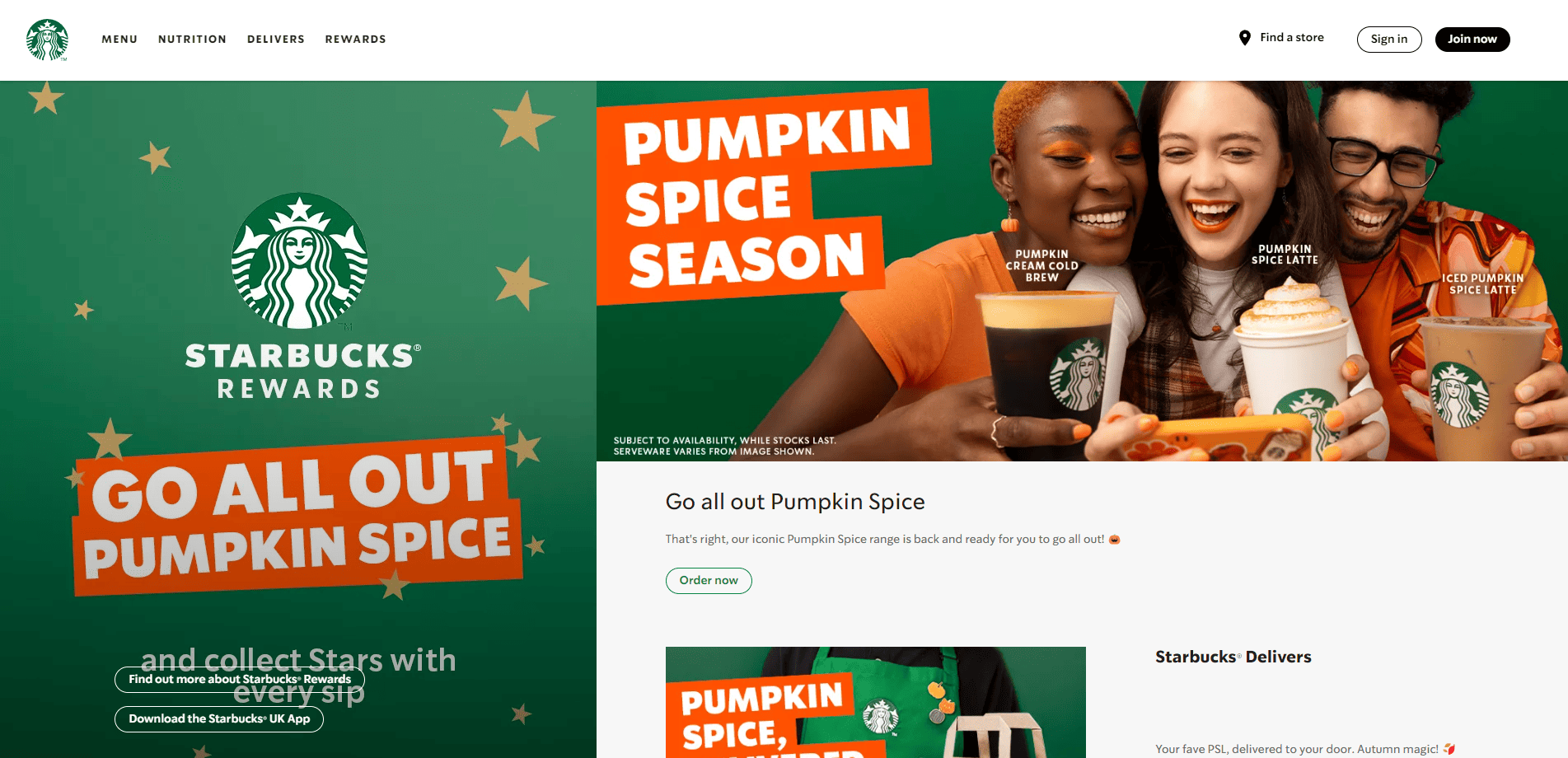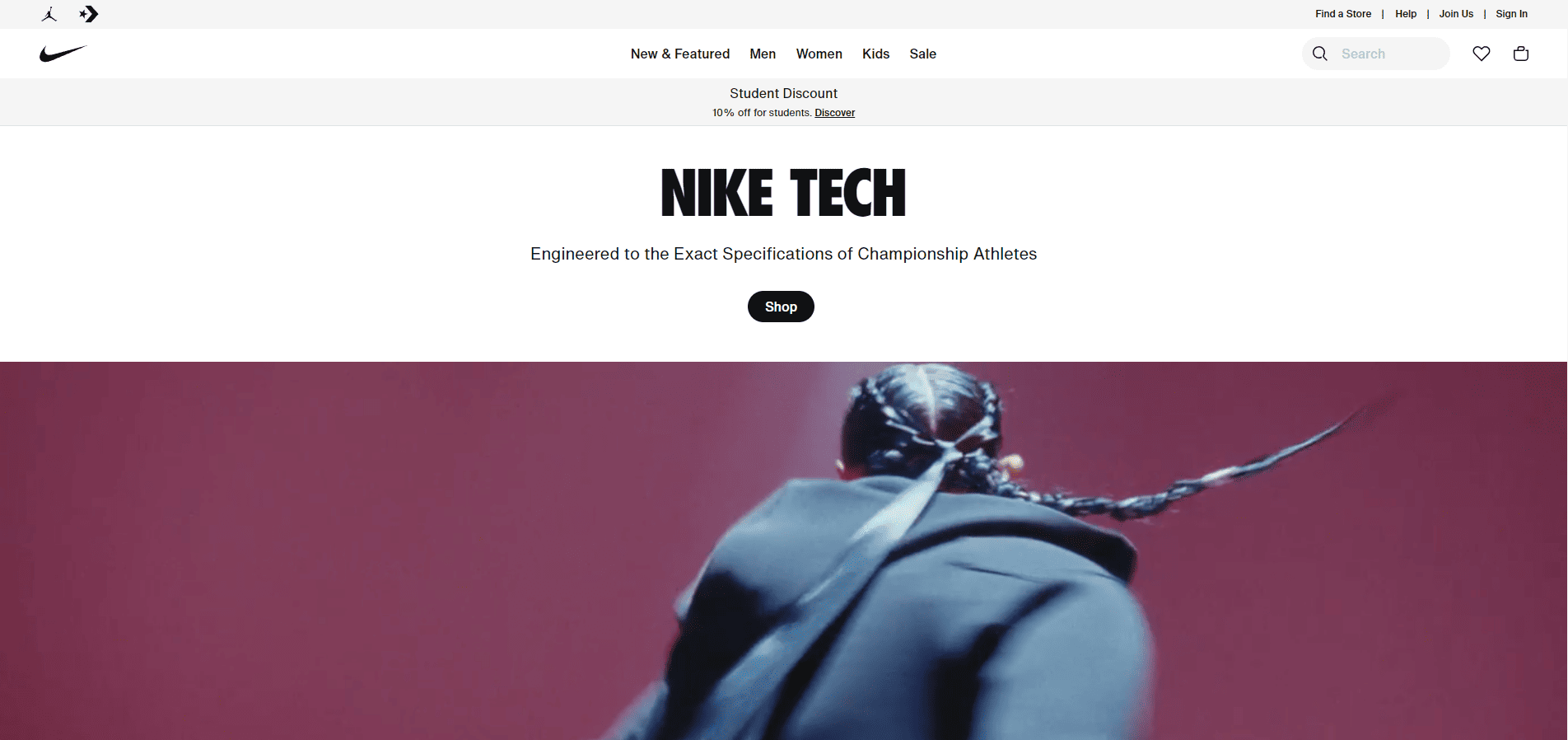Your website is often the first encounter potential customers have with your brand. It’s the online storefront, the virtual handshake, and the digital ambassador that speaks volumes about your identity and values. A well-designed website is not merely aesthetically pleasing; it’s a strategic asset that can make or break your online presence.
Enter brand guidelines, the compass that steers your brand’s ship through the vast and ever-evolving sea of the internet. But not just any brand guidelines – we’re talking about updated, meticulously crafted guidelines that breathe life into your digital identity. In this article, we’ll embark on a journey into the world of web design and discover why providing your web design agency with updated brand guidelines is the secret sauce to taking your website to the next level.
Picture this: a website that harmoniously blends your brand’s colours, typography, and messaging, creating an immersive digital experience that resonates with your audience. It’s not a distant dream; it’s the power of your brand guidelines in action.
As we dive deeper, we’ll explore how these guidelines serve as the cornerstone for web design excellence, adaptability in the face of evolving digital trends, and a symphony of visual and textual elements that tell your brand’s story. So, fasten your seatbelt, and let’s embark on this transformative journey to understand why updated brand guidelines are the golden ticket to web design that truly dazzles.

The Role of Brand Guidelines
Your brand is more than just a logo and a tagline; it’s the essence of your business, a promise to your customers, and the personality that sets you apart. Brand guidelines, often referred to as brand books or style guides, serve as the keeper of your brand’s DNA. They provide a comprehensive set of rules, standards, and guidelines that ensure your brand is presented consistently across all touchpoints.
Imagine brand guidelines as the conductor of a symphony, orchestrating every note to create a harmonious and recognisable tune. Here’s why they are indispensable:
Consistency is King
Consistency breeds trust. Brand guidelines establish the visual and verbal rules that maintain a uniform brand identity. Whether it’s the specific shades of your brand colours, the fonts used in your communication, or the tone of your messaging, brand guidelines ensure that your brand’s voice remains consistent, no matter where it appears – be it a business card, a social media post, or your website.
Brand Recognition
Think of iconic brands like Coca-Cola, Apple, or Nike. Their logos are instantly recognisable because they’ve adhered to strict brand guidelines over the years. Your brand guidelines define the proper usage of your logo, ensuring it retains its impact and recognition, even as it adapts to various platforms and screen sizes.
Efficiency & Productivity
Brand guidelines make life easier for your marketing and design teams. Instead of reinventing the wheel with every marketing collateral or web page, your team can reference the guidelines for a clear roadmap. This not only saves time but also enhances productivity by removing ambiguity and guesswork.
First Impressions
Consistency breeds trust. Brand guidelines establish the visual and verbal rules that maintain a uniform brand identity. Whether it’s the specific shades of your brand colours, the fonts used in your communication, or the tone of your messaging, brand guidelines ensure that your brand’s voice remains consistent, no matter where it appears – be it a business card, a social media post, or your website.
Adaptability
Think of iconic brands like Coca-Cola, Apple, or Nike. Their logos are instantly recognisable because they’ve adhered to strict brand guidelines over the years. Your brand guidelines define the proper usage of your logo, ensuring it retains its impact and recognition, even as it adapts to various platforms and screen sizes.
Guarding Brand Integrity
Brand guidelines make life easier for your marketing and design teams. Instead of reinventing the wheel with every marketing collateral or web page, your team can reference the guidelines for a clear roadmap. This not only saves time but also enhances productivity by removing ambiguity and guesswork.
The Changing Landscape of Web Design
Web design is a fluid field that continuously adapts to meet user preferences. Staying relevant in this ever-evolving landscape is essential for businesses. Key trends shaping modern web design include:
- User-Centric Design: Prioritising mobile-friendliness, intuitive navigation, and accessibility to enhance user experience.
- Visual Storytelling: Utilising multimedia elements like visuals and videos to convey brand narratives effectively.
- Minimalism and Simplicity: Embracing clean, minimalist design for aesthetics, faster loading times, and improved usability.
- Content-Centred Approach: Showcasing content with readable typography, structured layouts, and engaging visuals.
- SEO and Performance: Optimising for search engines and fast loading times to boost online visibility.
- Accessibility and Inclusivity: Ensuring websites are accessible to all users, including those with disabilities.
- New Technologies: Incorporating AI, chatbots, and voice interfaces into web design.
- Data-Driven Design: Making informed design choices through data analytics.
Updated brand guidelines should align with these trends, helping businesses create websites that captivate users and provide exceptional experiences.
The Importance of Brand Guidelines
In the world of web design, brand guidelines are the foundation upon which exceptional digital experiences are built. They serve as a blueprint, ensuring consistency, cohesion, and a strong brand identity across all online platforms. However, for these guidelines to truly elevate your new website design, they must be current and aligned with contemporary design principles.

Consistency in Visual Identity: Updated brand guidelines provide clarity on logo usage, colour schemes, typography, and imagery style that resonate with modern audiences. Consistency in visual identity builds trust and brand recognition.

Responsive Design Integration: With the proliferation of mobile devices, responsive design is no longer optional – it’s imperative. Updated guidelines should include responsive design principles to ensure your website looks and functions seamlessly on all screens.

Multimedia Integration: As web design embraces visual storytelling, brand guidelines should incorporate guidelines for the use of images, videos, and interactive elements that align with your brand’s narrative.

Content Presentation: Guidelines should address content formatting, encouraging user-friendly layouts, easily readable fonts, and concise messaging for a content-centered approach.

SEO Strategies: Optimising your website for search engines is crucial for visibility. Updated guidelines should include SEO strategies, such as keyword usage and meta tags, to enhance your site’s online discoverability.

Accessibility Guidelines: Inclusivity is key. Ensure your brand guidelines provide instructions for creating accessible content that caters to all users, including those with disabilities.

Performance Enhancement: Speed matters. Guidelines should recommend techniques for fast loading times and performance optimisation, improving the user experience.

Data-Driven Decisions: In a data-centric age, guidelines can encourage data-driven design decisions. Use analytics to refine your website continually.
By providing your web design agency with updated brand guidelines that encompass these elements, you empower them to craft a website that not only reflects your brand but also aligns with contemporary design trends and user expectations. It’s the recipe for a website that captivates, engages, and leaves a lasting impression on your audience.
Elevating Your Website Design
Once you’ve equipped your web design agency with brand guidelines, you’re poised to take your website design to the next level. Here’s how this proactive step can elevate your digital presence:
- Coherent Brand Identity: With clear and current brand guidelines, your website design will seamlessly integrate your logo, colour palette, typography, and imagery, creating a cohesive brand identity that resonates with visitors.
- User-Focused Experience: Updated guidelines ensure that your website prioritises user experience, incorporating responsive design principles to deliver a seamless and engaging interface across all devices. Visitors will appreciate the user-friendly navigation and responsive layout.
- Compelling Visual Storytelling: Modern web design thrives on visual storytelling. Your updated brand guidelines will provide insights on how to effectively use images, videos, and interactive elements to convey your brand’s narrative, capturing and retaining visitors’ attention.
- Engaging Content: Guidelines that emphasise content presentation and formatting will enable your website to deliver information clearly and concisely. Engaging content, combined with readable typography and well-structured layouts, keeps visitors interested and informed.
- Enhanced Online Visibility: SEO strategies outlined in your guidelines will help your website rank higher in search engine results, boosting online visibility and attracting more organic traffic.
- Data-Driven Refinements: By encouraging data-driven design decisions, your guidelines empower your web design agency to analyse user behaviour and make continuous improvements for better site performance.
Incorporating these elements into your website design, guided by brand guidelines, will result in a digital platform that not only represents your brand accurately but also captivates and engages your audience effectively. It’s the winning formula for an online presence that sets you apart in the competitive digital landscape.
Elevating Website Design Through Updated Brand Guidelines
To illustrate the tangible advantages of providing updated brand guidelines for web design projects, let’s delve into real-world case studies of companies that have reaped the benefits:

1. The Airbnb Makeover:
- Brand Evolution: Airbnb, known for its revolutionary approach to hospitality, decided to revamp its brand identity. The company recognised the need for updated brand guidelines to reflect its transformation from a startup to a global giant.
- Outcome: By providing comprehensive and adaptable brand guidelines, Airbnb empowered its web design partners to align with the new branding seamlessly. This not only improved consistency but also allowed the company to convey its evolved identity to users effectively. The result was a visually engaging and coherent digital presence.

2. The Starbucks Experience:
- Clarity in Diversity: Starbucks, a brand with a global footprint and diverse product offerings, needed updated guidelines to ensure consistent branding across its website.
- Outcome: With clear and concise brand guidelines, Starbucks enabled its web design agency to navigate the complexities of its product range while maintaining a unified brand image. This led to a website that effortlessly blends various offerings into a cohesive and visually appealing digital experience.

3. The Nike Edge:
- Empowering Creativity: Nike, renowned for its innovation and athletic excellence, understood the importance of enabling creativity within a structured framework.
- Outcome: By providing brand guidelines that emphasised flexibility and simplicity, Nike’s web design partners could experiment with engaging visuals while staying true to the brand’s core identity. This resulted in a dynamic website that not only showcases its products but also captures the essence of athleticism and innovation.
These case studies underscore the significance of updated brand guidelines in elevating website design projects. By offering clarity, flexibility, and adaptability, these companies empowered their web design agencies to create digital experiences that resonate with users, reflect brand evolution, and amplify their unique identities. The lesson is clear: when it comes to web design, providing updated brand guidelines is a strategic move that can take your digital presence to the next level.

Flexibility and Ongoing Adaptation
Before you go creating a 500 page document to pass on to your web design team, remember that it’s vital to strike a balance between providing structure and allowing flexibility in your web design projects. Here’s why:
1. Avoiding Over-Restriction: Brand guidelines that are excessively strict can stifle creativity and innovation. While maintaining brand consistency is crucial, too many constraints may limit your web design agency’s ability to explore fresh ideas and adapt to evolving trends.
2. Simplicity Rules: Sometimes, simplicity reigns supreme. You don’t need an extensive 40-page document to maintain a strong brand identity. A concise one-pager with core brand colours, key fonts, ideal spacing requirements, and a summarising sentence can be more effective than drowning in complex guidelines.
3. Living Brand Guidelines: Your brand is not static, and neither should your brand guidelines be. They should be living documents that evolve with your brand. When you make changes or updates to your brand elements, these modifications should be reflected promptly in your brand guide. This ensures that your web design agency always has the most accurate and up-to-date information to work with.
Incorporating these principles into your brand guidelines strikes a harmonious balance between providing guidance and allowing the flexibility needed for creative exploration. This approach empowers your web design agency to deliver designs that are both aligned with your brand identity and responsive to the dynamic nature of the digital world.
Harnessing the Power of Brand Guidelines
As you embark on your journey to leverage updated brand guidelines for your web design projects, consider the following steps to ensure success:

Involve Your Agency: Establish an open channel of communication with your web design agency. Encourage them to actively participate in the brand guideline updating process. Their insights and expertise can be invaluable in crafting guidelines that are both comprehensive and practical.

Strive for Balance: While it’s crucial to maintain brand consistency, don’t stifle creativity. Strike a balance between adhering to brand elements and allowing room for innovative design solutions that enhance user experience.

Dynamic Guidelines: Treat your brand guidelines as living documents. As your brand evolves, ensure that your guidelines evolve with it. Promptly incorporate changes into the guidelines to keep them relevant and effective.

Continuous Improvement: Encourage feedback from your web design agency. Regularly review the application of brand guidelines and be open to refinements. This iterative approach ensures that your guidelines remain aligned with your goals.

Performance Metrics: Establish measurable criteria for evaluating the impact of updated brand guidelines on your website design projects. Analyse metrics such as user engagement, conversion rates, and brand perception to adapt and refine your guidelines further.

Industry Trends: Keep abreast of industry trends and technological advancements in web design. Your guidelines should reflect the evolving digital landscape, ensuring that your brand remains competitive and resonates with users.
Elevate Your Web Design with Updated Brand Guidelines
Your website is often the first point of contact between your brand and potential customers. It’s not just a digital presence; it’s an experience. To ensure this experience aligns with your brand’s essence and resonates with users, providing updated brand guidelines to your web design agency is paramount.
In this journey, we’ve explored how updated brand guidelines act as a compass, guiding web design projects toward coherence, consistency, and creativity. We’ve seen how these guidelines strike a balance between structure and flexibility, empowering agencies to craft digital experiences that stand out in a crowded online world.
We’ve delved into case studies of industry giants like Airbnb, Starbucks, and Nike, witnessing how brand guidelines played a pivotal role in their digital transformations. These examples underscore that, whether you’re a startup or a global conglomerate, the power of brand guidelines lies in their adaptability and clarity.
As you move forward, remember that collaborating with your web design agency is key. Involve them in the guideline updating process, and encourage their creative input. Embrace a culture of continuous improvement, and treat your guidelines as living documents that evolve with your brand.
In the end, the path forward is one of partnership, innovation, and commitment to delivering digital experiences that not only meet but exceed user expectations. Your website isn’t just a URL; it’s a canvas for storytelling, a platform for engagement, and a reflection of your brand’s identity. With informative brand guidelines as your compass, you’re poised to elevate your web design to the next level, leaving a lasting impression on your customers and potential clients.